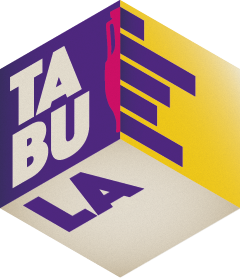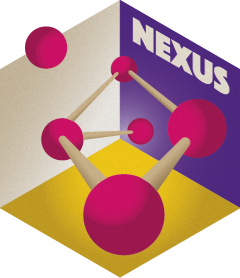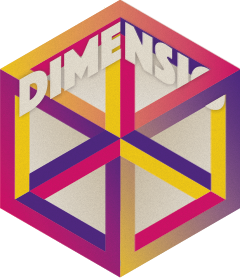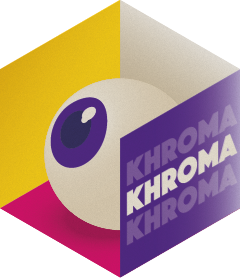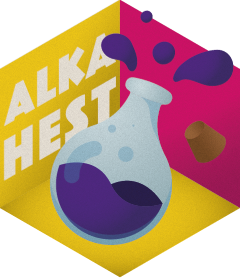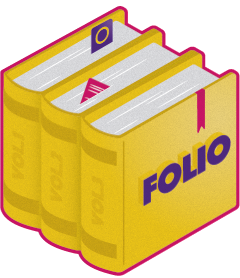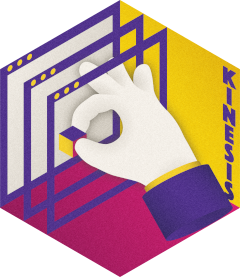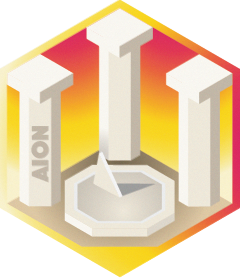Core packages
tabula
An easy way to examine archaeological count data. tabula (Frerebeau 2019) provides a convenient and reproducible toolkit for relative dating by matrix seriation (reciprocal ranking, CA-based seriation). The package provides several tests and measures of diversity: heterogeneity and evenness (Brillouin, Shannon, Simpson, etc.), richness and rarefaction (Chao1, Chao2, ACE, ICE, etc.), turnover and similarity (Brainerd-Robinson, etc.). The package make it easy to visualize count data and statistical thresholds: rank vs. abundance plots, heatmaps, Ford (1962) and Bertin (1977) diagrams. Read the documentation of tabula.
kairos
A toolkit for absolute dating and analysis of chronological patterns. kairos includes functions for chronological modeling and dating of archaeological assemblages from count data (e.g. matrix seriation). It allows to compute time point estimates and density estimates of the occupation and duration of an archaeological site. Read the documentation of kairos.
ananke
Simple radiocarbon calibration and chronological analysis. ananke allows the calibration of radiocarbon ages and modern carbon fraction values using multiple calibration curves. It allows the calculation of highest density region intervals and credible intervals. The package also provides tools for visualising results and estimating statistical summaries. Read the documentation of ananke.
nexus
Sourcing archaeological materials by chemical composition. nexus allows the exploration and analysis of compositional data in the framework of Aitchison (1986). It provides tools for chemical fingerprinting and source tracking of ancient materials. Read the documentation of nexus.
dimensio
Simple Principal Components Analysis (PCA) and Correspondence Analysis (CA) based on the Singular Value Decomposition (SVD). dimensio provides S4 classes and methods to compute, extract, summarize and visualize results of multivariate data analysis. It also includes methods for partial bootstrap validation described in Greenacre (1984) and Lebart, Piron, and Morineau (2006). Read the documentation of dimensio.
isopleuros
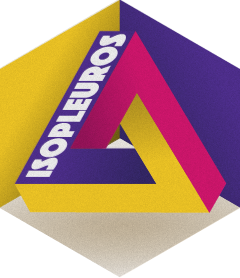
Ternary plots made simple. This package allows to create ternary plots using base graphics. isopleuros provides functions to display the data in the ternary space, to add or tune graphical elements and to display statistical summaries. It also includes common ternary diagrams which are useful for the archaeologist (e.g. soil texture charts, ceramic phase diagram). Read the documentation of isopleuros.
Companion packages
khroma
Colour schemes ready for each type of data (qualitative, diverging or sequential), with colours that are distinct for all people, including colour-blind readers. khroma provides an implementation of Paul Tol (2018) and Fabio Crameri (2018) colour schemes for use with base graphics or ggplot2. It provides tools to simulate colour-blindness and to test how well the colours of any palette are identifiable. Several scientific thematic schemes (geologic timescale, land cover, FAO soils, etc.) are also implemented. Read the documentation of khroma.
alkahest
A lightweight, dependency-free toolbox for pre-processing XY data from experimental methods (i.e. any signal that can be measured along a continuous variable). alkahest provides methods for baseline estimation and correction, smoothing, normalization, integration and peaks detection. Read the documentation of alkahest.
folio
Datasets for teaching quantitative approaches and modeling in archaeology and paleontology. folio provides several types of data related to broad topics (cultural evolution, radiocarbon dating, paleoenvironments, etc.), which can be used to illustrate statistical methods in the classroom (multivariate data analysis, compositional data analysis, diversity measurement, etc.). Read the documentation of folio.
Tools
kinesis
A collection of shiny applications for the tesselle packages. kinesis provides applications for archaeological data analysis and visualization. These mainly, but not exclusively, include applications for chronological modelling and count data analysis. Read the documentation of kinesis.
aion
A toolkit for archaeological time series and time intervals. aion (Frerebeau 2024) provides a system of classes and methods to represent and work with archaeological time series and time intervals. Dates are represented as “rata die” and can be converted to (virtually) any calendar defined by Reingold and Dershowitz (2018). This packages offers a simple API that can be used by other specialized packages. Read the documentation of aion.
arkhe
A dependency-free collection of simple functions for cleaning rectangular data. arkhe allows to detect, count and replace values or discard rows/columns using a predicate function. In addition, it provides tools to check conditions and return informative error messages. Read the documentation of arkhe.
